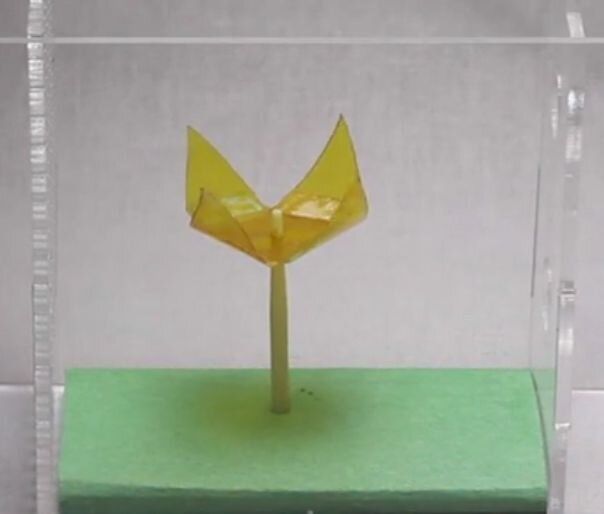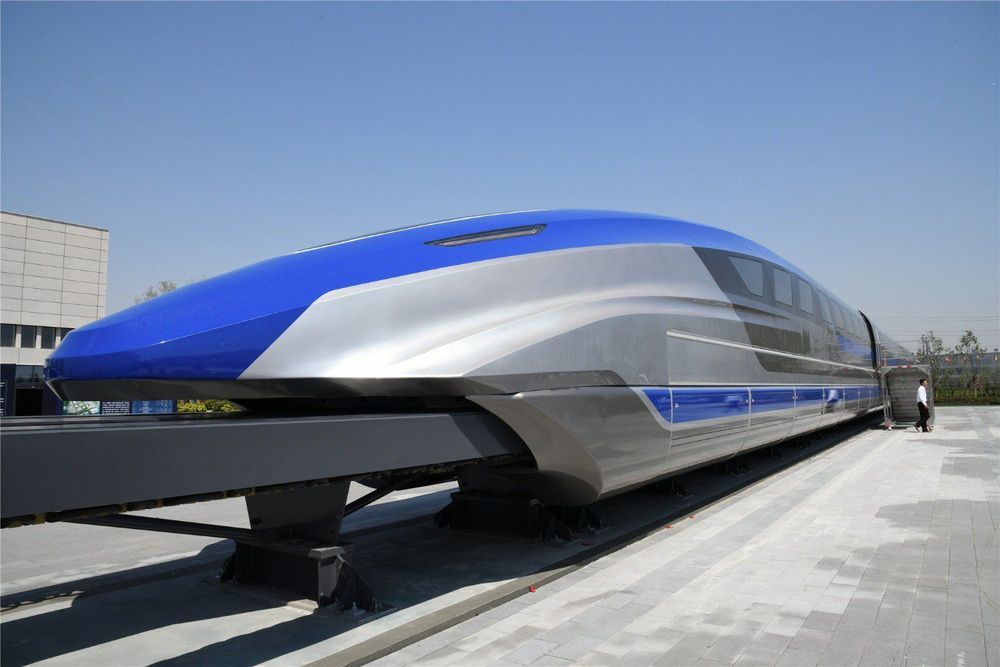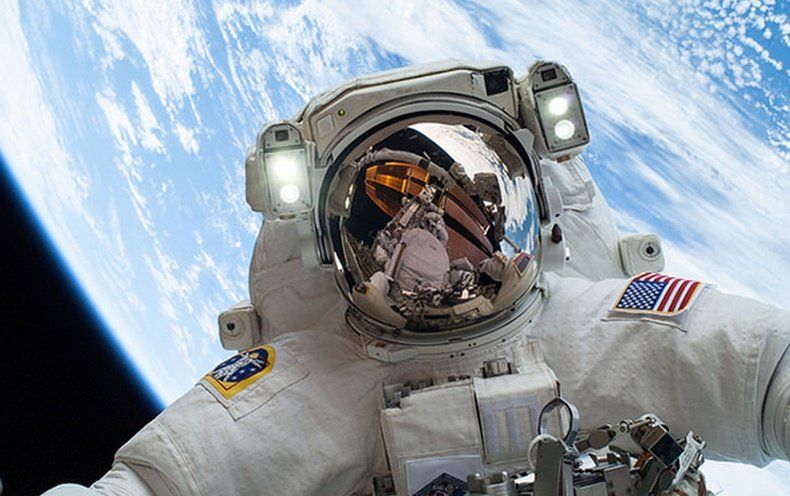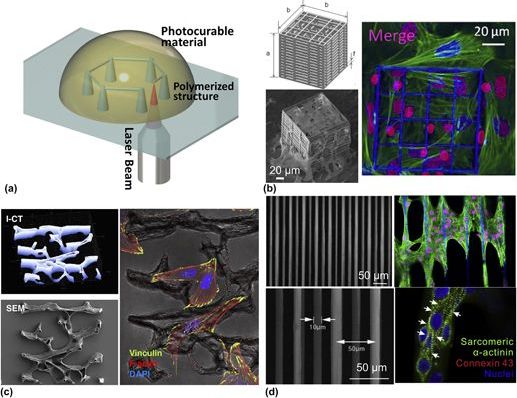Page 7828
May 23, 2019
Robots activated by water may be the next frontier
Posted by Genevieve Klien in categories: materials, robotics/AI
New research from the laboratory of Ozgur Sahin, associate professor of biological sciences and physics at Columbia University, shows that materials can be fabricated to create soft actuators—devices that convert energy into physical motion—that are strong and flexible, and, most important, resistant to water damage.
“There’s a growing trend of making anything we interact with and touch from materials that are dynamic and responsive to the environment,” Sahin says. “We found a way to develop a material that is water-resistant yet, at the same time, equipped to harness water to deliver the force and motion needed to actuate mechanical systems.”
The research was published online May 21 in Advanced Materials Technologies.
Continue reading “Robots activated by water may be the next frontier” »
May 23, 2019
Lunacy: how science fiction is powering the new moon rush
Posted by Derick Lee in categories: futurism, space
Science fiction is often seen as an anticipation – a fiction peculiarly expected to graduate into fact. But if technologies once found only in SF do sometimes become real they do not, in so doing, always cease to be science fictional. SF is not, after all, simply a literature about the future; it is a literature about the shock of new capacities and new perspectives, about transcendence, estrangement and resistance in the face of the inhuman. Its ideas shape and constrain the ways in which technological possibilities are seen, understood and experienced long after those possibilities are first tentatively realised. It illuminates the dreams of Musk, Bezos and all the other new moon-rushers.
Fifty years after the first moon landings, a new generation of space travellers, from Xi Jinping’s taikonauts to Jeff Bezos, are racing to colonise our nearest neighbour. Is reality catching up with sci-fi?
May 23, 2019
Hemp Derived Carbon Nanosheets Better Than Graphene
Posted by Victoria Generao in category: materials

https://youtube.com/watch?v=49JB_pyPEic
Researchers have created carbon nanosheets for use as supercapacitors with waste hemp fibres, and can do this at 1/1000th of the cost of graphene!
May 23, 2019
China unveils 600 km/h maglev train prototype in Qingdao
Posted by Klaus Baldauf in category: transportation
May 22, 2019
The Genetically Engineered Astronaut
Posted by Quinn Sena in categories: genetics, space travel
May 22, 2019
Survival in Space Unprotected Is Possible–Briefly
Posted by Quinn Sena in category: space travel
But don’t linger in the interstellar vacuum, or hold your breath.
- By Anna Gosline on February 14, 2008
May 22, 2019
This Bulletproof Skin is Made of Goat Milk Spider Silk
Posted by Quinn Sena in categories: biotech/medical, genetics
Jalila Essaïdi is a Dutch artist and entrepreneur focused on biotech applications of spider silk, which she makes using the milk of genetically engineered goats.
Spider silk is one of the strongest materials in nature. Jalila Essaïdi had her curiosity piqued when she read about the work of Randolph Lewis, a Professor at Utah State University, who had developed a method to create synthetic spider silk from goat milk.
“We genetically engineered the goats so that they produced a spider protein in their milk. We then purify that protein from the milk and spin it into fibers,” Lewis told CNN in an interview.
Continue reading “This Bulletproof Skin is Made of Goat Milk Spider Silk” »
May 22, 2019
[1801.08635] Laser induced topological cues shape, guide, and anchor human Mesenchymal Stem Cells
Posted by Quinn Sena in category: biotech/medical
Abstract: This report focuses on the effect of the surface topography of the substrate on the behavior of human mesenchymal stem cells from bone marrow (MSCs) before and after co-differentiation into adipocytes and osteoblasts. Picosecond pulsed laser ablation technology was applied to generate different microstructures (microgrooves and microcavities) on poly (L-lactide) (PLLA), where orientation, cell shape and MSCs co-differentiation were investigated. On flat PLLA, the undifferentiated MSCs showed rounded or elongated shapes, the latter being randomly oriented. On PLLA microgrooves however, MSCs adapted their shape to the groove size and direction and occasionally anchored to groove edges. It was found that adipocytes, contrary to osteoblasts, are highly sensitive to topological cues. Adipocytes responded to changes in substrate height and depth, by adapting the intracellular distribution of their lipid vacuoles to these physical constraints. In addition, the modification of PLLA by laser ablation enhanced the adherence of differentiated cells to the substrate. These findings show that picosecond pulsed laser micromachining can be applied to directly manufacture 3D microstructures that guide cell proliferation, control adipocyte morphology and improve the adhesion of bone and fat tissue.
From: Jose L. Toca-Herrera [view email]
[v1] Thu, 25 Jan 2018 23:56:53 UTC (1,069 KB)
May 22, 2019
Laser-assisted biofabrication in tissue engineering and regenerative medicine
Posted by Quinn Sena in categories: bioengineering, biotech/medical, life extension
Volume 32 Issue 1 — Sangmo Koo, Samantha M. Santoni, Bruce Z. Gao, Costas P. Grigoropoulos, Zhen Ma.
Continue reading “Laser-assisted biofabrication in tissue engineering and regenerative medicine” »
















